Italian Travel Memories 2 - Marco in Florence
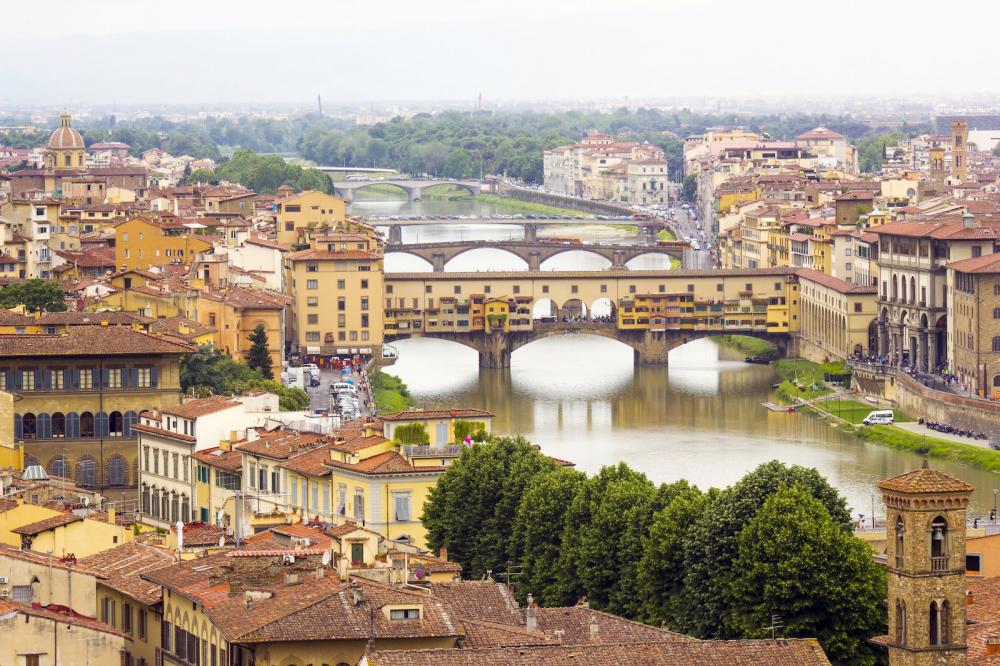 If you're traveling to Italy, you won't want to miss Florence. Exploring this romantic and historic university town will leave you with some wonderful travel memories.
If you're traveling to Italy, you won't want to miss Florence. Exploring this romantic and historic university town will leave you with some wonderful travel memories.
Our first Italian Travel Memories post, Marco in Pisa follows the young traveler in our Italian 1 course to Pisa, where he visits his aunt and uncle.
He then takes the train to Florence. Read and listen to the Italian Language Story: Il viaggio di Marco 3 - Il viaggio in treno
In Florence he looks up a friend he had met back home. At his friend's place he meets two other students who join him on his walk through the historic center of Florence. Read and listen to the Italian Language Story: Il viaggio di Marco 4 - Firenze.
We'll follow Marco's explorations of Florence. For those of you who are doing or have done our Italian 1 course: Marco in Italia, the additional details will complement those of the course.
The travel memories blog posts tell you a few interesting facts about the cities that are featured in GamesforLanguage's travel-story courses. We typically use the cities' names of the streets, hotels, squares, restaurants, etc. and we've been to many of them ourselves.
In future blog posts, we'll provide more details of the other two Italian cities Marco visits, Venice and Rome. And we'll do the same for the cities that our other travelers visit in France, Spain, Germany and the U.S.
In our travel-story course you learn everyday conversational language. In this post, we've listed some additional basic words and phrases in Italian that you may encounter in your travels.
Brief History of Florence
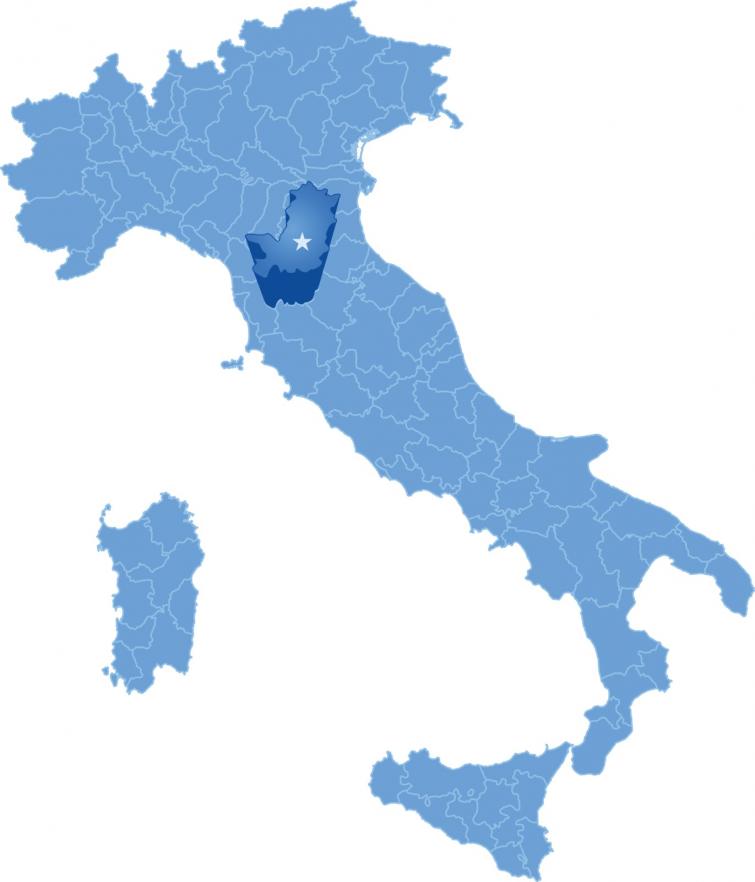 The city of Florence (Firenze), considered the birthplace of the Renaissance, is the capital of Tuscany (Toscana), one of Italy's 20 regions. It lies in central Italy, about 2 1/2 hours north of Rome by train.
The city of Florence (Firenze), considered the birthplace of the Renaissance, is the capital of Tuscany (Toscana), one of Italy's 20 regions. It lies in central Italy, about 2 1/2 hours north of Rome by train.
The most populous city in Tuscany, Florence was named a Metropolitan City (città metropolitana) in 2015. This includes the city itself and the large urban sprawl around it.
Early Florence was a Roman city, established in 59 BC by Julius Ceasar as a place to settle his veteran soldiers. Because of its position at the confluence of rivers (the Arno and its tributaries Murgone, Ema, and Greve), this outpost was first named Fluentia. But the name was later changed to Florentia ("flowering").
In the early Middle Ages, Florence was a city state. It had a flourishing textile industry and developed into an important international trade and finance center.
The Medici family held power in Florence for three centuries (from 1434 to 1737). They were bankers to the pope and great patrons of the arts. Lorenzo die Medici 1449-1492 for example, was a poet as well as a statesman, and commissioned works by Michelangelo, Botticelli, and Leonardo da Vinci.
From 1737 to 1859, a number of foreign powers governed Florence (the Austrian House of Lorraine, the Italian House of Bourbon-Parma, Napoleonic France). Then in 1861, Tuscany became a region of the Kingdom of Italy. For six years, Florence was its capital.
Italian Unification (or Risorgimento) was a complicated process that lasted from 1815 to 1871, when Rome finally became the capital of the Kingdom of Italy. After unification, the state adopted Italian as the official language. Standard Italian is based on the Tuscan dialect, which was a literary language spoken by the upper class of Florentine society.
Florence is a beautiful city to discover on foot. Its historic center is a UNESCO World Heritage site containing numerous monuments, art museums and architectural treasures.
Marco's Arrival in Florence
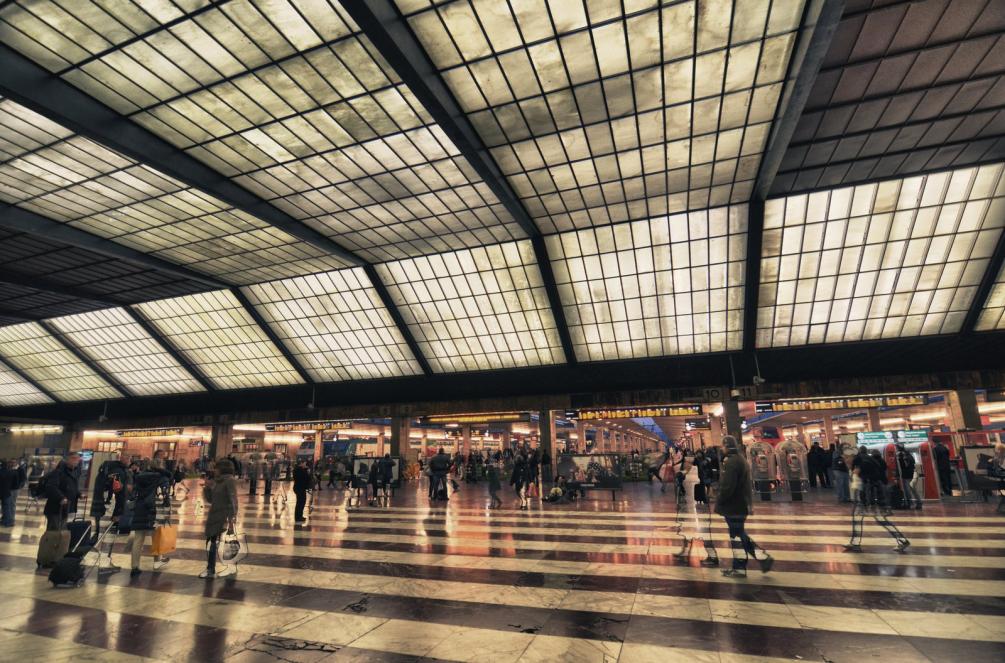 The trip from Pisa to Florence takes Marco around an hour by train. He arrives at the Santa Maria Novella Train station in the center of Florence. (see picture)
The trip from Pisa to Florence takes Marco around an hour by train. He arrives at the Santa Maria Novella Train station in the center of Florence. (see picture)
From there, it takes him ten minutes on foot to arrive at Via Montebello 52, where his friend lives. His place is in the historic center of town (Quartiere 1).
The other four administrative boroughs (quartieri) of Florence lie in a ring around the historic center. Nearby is the Arno River, which runs through the old part of the city. The best known of the five bridges that cross the Arno is Ponte Vecchio with its gold and jewelry shops.
Useful Italian Vocabulary
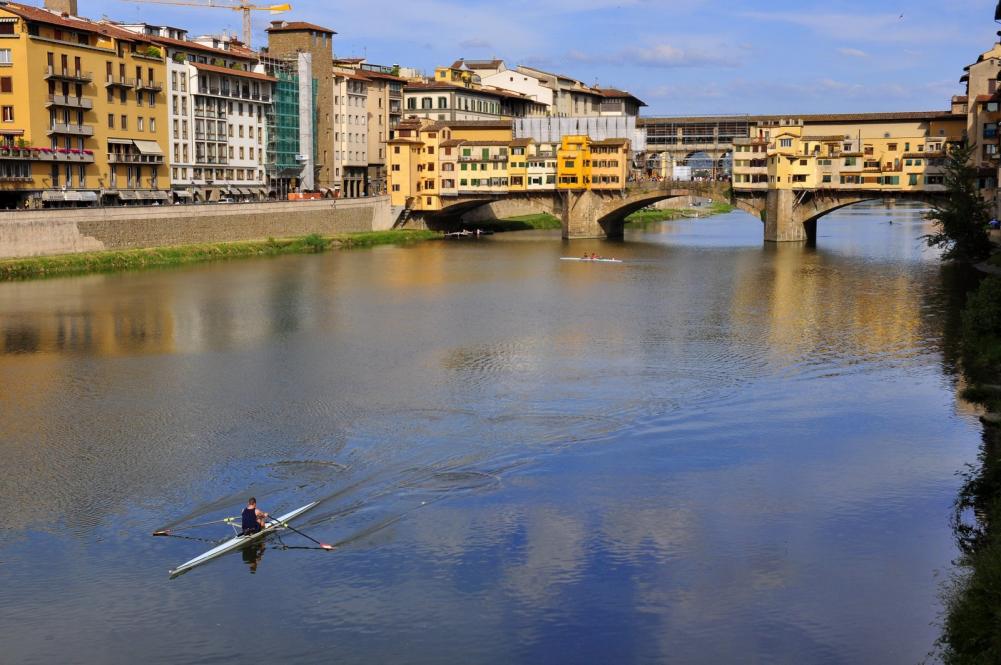 • il tren - the train
• il tren - the train
• la stazione ferroviaria - the train station
• la via - the road, street
• il quartiere - the district, part of town
• il centro storico - the historic center
• il fiume - the riveril ponte vecchio - the old bridge
Palazzo Ricasoli and James Fenimore Cooper
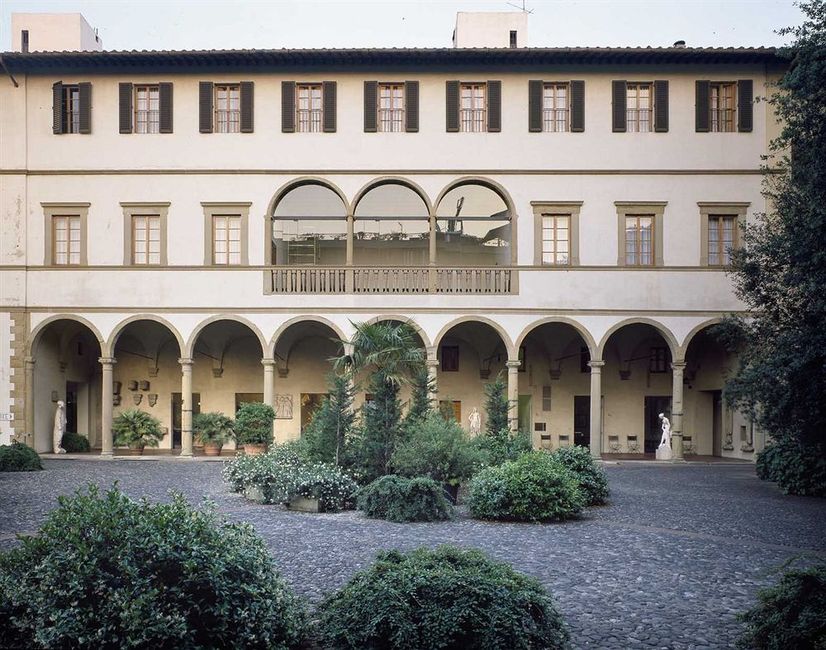 On a walk through the historic district, his friends show Marco the Palazzo Ricasoli, where the popular American writer, James Fenimore Cooper (1789-1851) lived during his nine-month stay in Florence in 1829. (The Palazzo is now a hotel right in the center of town, where you can stay, see picture.)
On a walk through the historic district, his friends show Marco the Palazzo Ricasoli, where the popular American writer, James Fenimore Cooper (1789-1851) lived during his nine-month stay in Florence in 1829. (The Palazzo is now a hotel right in the center of town, where you can stay, see picture.)
Fenimore Cooper's most famous novel, "The last of the Mohicans", was written in 1826. He's also known for a series of adventure stories called the Leatherstocking Tales.
Reportedly, Fenimore Cooper loved the cosmopolitan atmosphere of Florence. He met and socialized with emigrés from various countries and became a kind of celebrity with travelers on the Grand Tour and with American expatriates.
Useful Italian Vocabulary
la passeggiata - the walk
il soggiorno - the stay, temporary residence
il palazzo - the building, palace
il scrittore - the writer
il romanzo - the novel
il emigrato - the emigrant
il viaggiatore - the traveler
Palazzo Vecchio
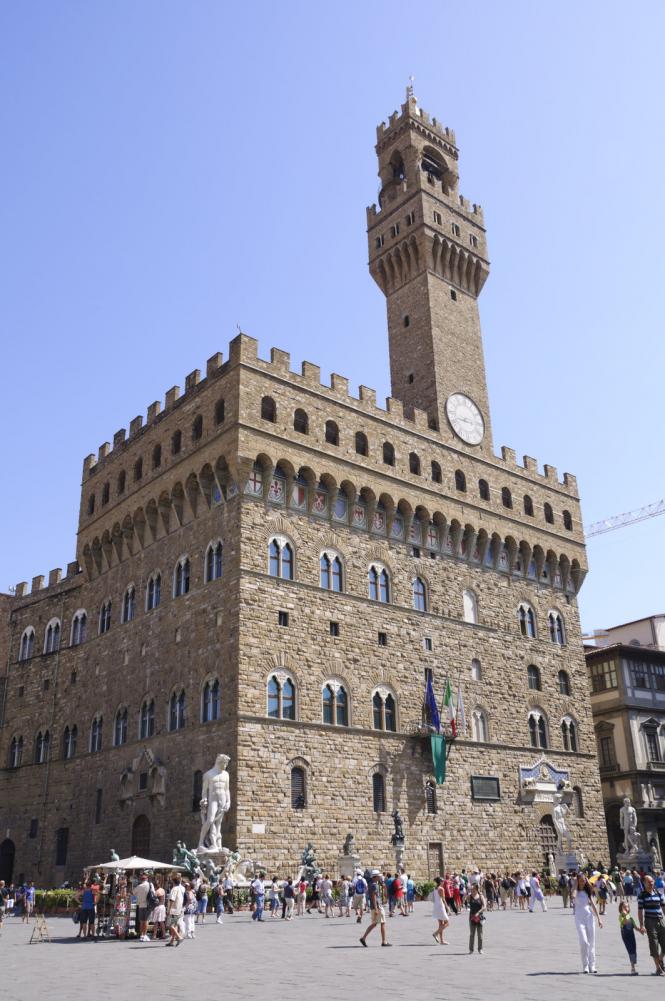 Next, Marco and his friends walk past the Piazza della Signoria and the famous "PalazzoVecchio" (Old Palace). The palazzo has a long and interesting history.
Next, Marco and his friends walk past the Piazza della Signoria and the famous "PalazzoVecchio" (Old Palace). The palazzo has a long and interesting history.
Construction on the building started in 1299. During the centuries the palazzo was used for various purposes, including a prison. Since 1872 it has served as Florence's City Hall. A replica of Michelangelo's David stands near the entrance.
A tour of the Palazzio Vecchio takes you through several courtyards, Roman ruins, a Medieval fortress with secret routes, beautifully decorated Renaissance chambers, and more.
Useful Italian Vocabulary
la piazza - the square
la prigione - the prison
il comune - the city hall
la entrata - the entrance
le rovine - the ruins
la fortezza - the fortress
Piazziale Michelangelo
Finally, Marco and his friends take a 15-minute bus ride to Piazziale Michelangelo, a large square in the Oltrarno (beyond the Arno) district of Florence. From that piazziale (large square) one has a stunning panoramic view of the city.
Marco's Next Stop
From Florence, Michael takes an Intercity train to Venice. There he stays in a hotel he had booked on the recommendation of his friends. To get to the hotel, he has to take the "vaporetto", or water bus. In Venice he meets up with Claudia, one of the students he met in Florence.
Have you been to Florence and want to share some of your suggestions and travel memories? It would be great to hear from you! Register, or log in again and continue with the Italian 1 course.
Bio: Ulrike Rettig is the co-founder of GamesforLanguage.com. She's a lifelong language learner, growing up in Austria, the Netherlands, and Canada. You can follow her on Facebook, Twitter and Instagram, and leave any comments right here!
